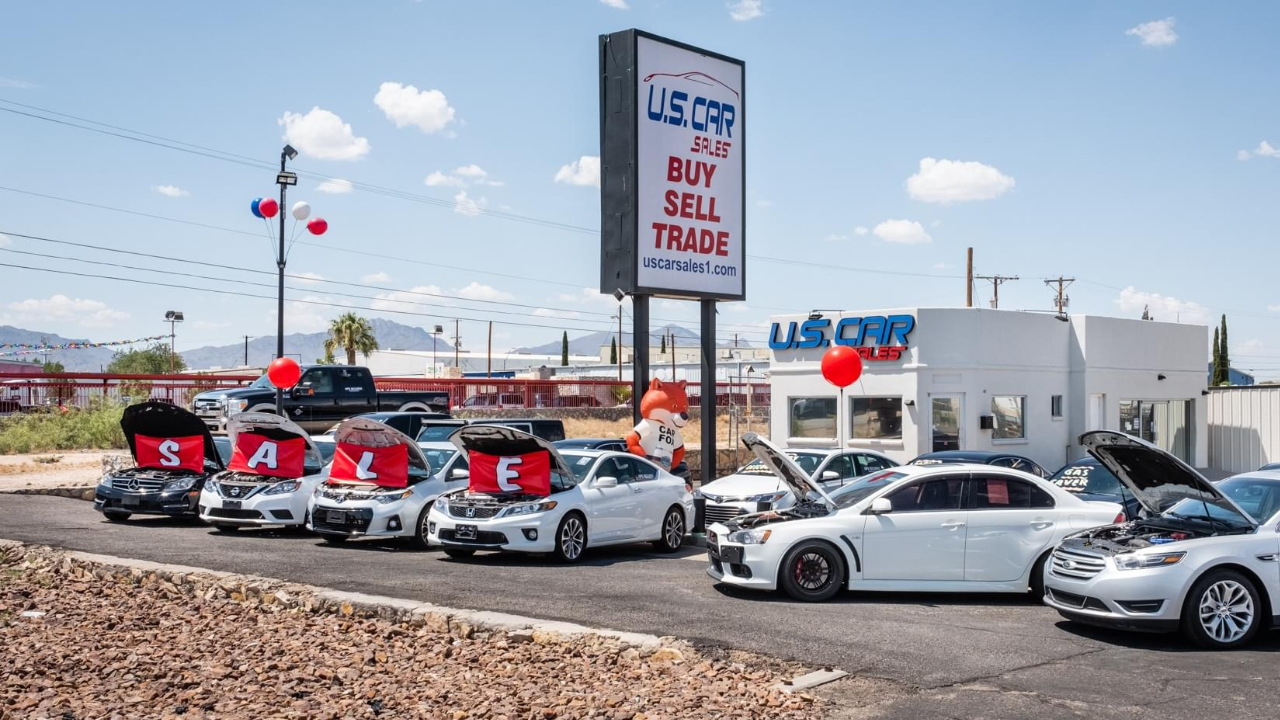
Over 3 million new vehicles now sit unsold on U.S. dealership lots—the highest inventory level in 2024. This represents approximately $150 billion in stranded capital. Days’ supply has reached 85 days industry-wide, compared to pre-pandemic norms of 60 days.
The market has shifted decisively from scarcity to surplus. Consumers who endured four years of premiums and wait times now discover negotiating power forgotten since 2020. Pricing psychology has reversed completely. Dealerships face crushing carrying costs while manufacturers grapple with profitability challenges. The inventory glut forces uncomfortable choices across the entire distribution chain.
Historical Rupture—From Shortage to Overproduction

The semiconductor shortage (2020–2023) created artificial scarcity that justified premium pricing and dealership markups exceeding $10,000. Manufacturers faced production constraints: 9.5 million units lost in 2021 and 3 million in 2022.
Extended delivery delays and MSRP premiums became normalized. When supply chains unexpectedly normalized in 2024, manufacturers accelerated production based on outdated demand signals rather than current market conditions. This strategic miscalculation—continuing aggressive output when normalized supply destroyed scarcity premiums—created the foundational error. The industry collectively failed to recognize demand elasticity shifts post-pandemic.
Dealer Economics in Crisis
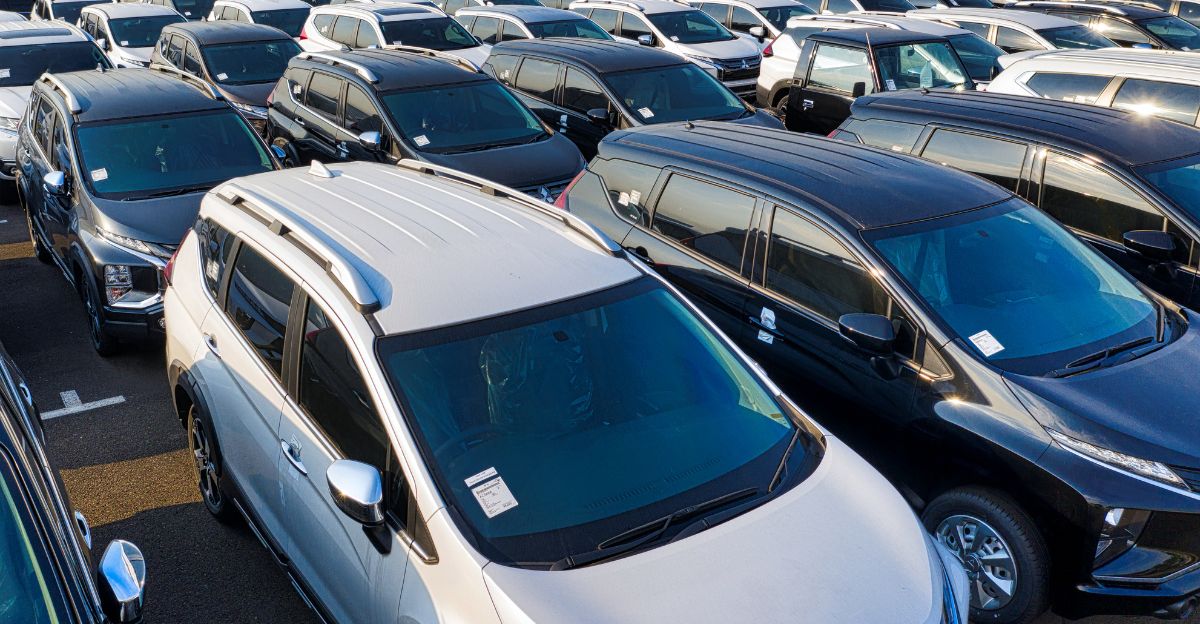
With 3.15 million vehicles spread across approximately 12,000–13,000 franchised dealerships, each location holds roughly 240–260 unsold vehicles. At average listing prices of $48,978, each dealership carries $11.7–$12.7 million in inventory value.
Monthly carrying costs—including floor plan financing, insurance, lot maintenance, and depreciation—substantially strain dealer operations. Ford’s 25 percent floor plan credit increase acknowledges dealers cannot absorb these costs. Financial pressure is real; dealerships face capital hemorrhage from depreciating assets generating zero revenue while carrying costs mount relentlessly.
Ram’s Strategic Failure—128 Days’ Supply
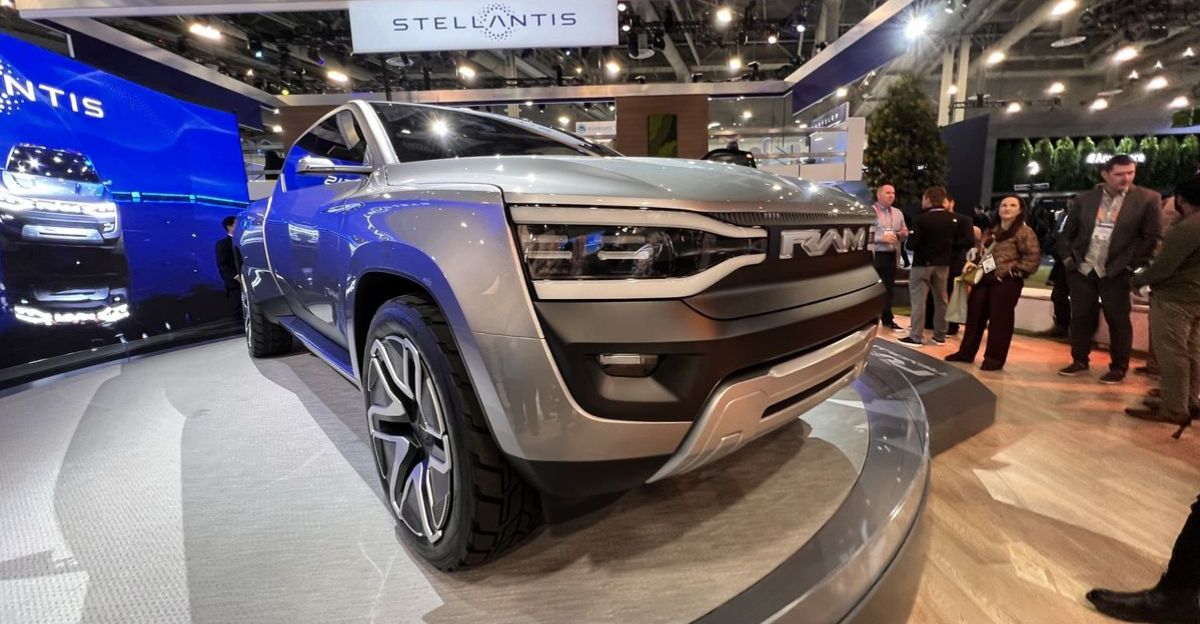
Stellantis-owned Ram trucks carry 128 days’ supply inventory—exactly double the 85-day industry average. This represents approximately 50,000 unsold Ram trucks, many 2023–2024 models already depreciated 15–25 percent from MSRP.
At $41,000–$51,000 average prices, this implies $2–$2.55 billion in stranded capital. Stellantis projected sustained demand for full-size trucks using 2022–2023 data, accelerating production while competitors implemented measured increases. Ram’s market-share erosion compounded the crisis—vehicles produced for a segment rapidly shifting toward EVs and crossovers. By January 2025, Ram inventory fell to 107 days through aggressive incentives.
Toyota’s Contrarian Discipline—31-36 Days’ Supply

Toyota and Lexus maintain 31–36 days’ supply respectively—less than half the industry average and one-fourth of Ram’s burden. This reflects Toyota’s unwavering just-in-time production philosophy prioritizing lean operations over volume dominance.
Toyota’s Kanban system ensures components arrive precisely when needed, eliminating warehouse accumulation and obsolescence risk. Applied to retail distribution, dealership orders reflect actual consumer demand rather than manufacturer push strategies. Toyota’s dealers tolerate 31-day inventory despite historical wait times, proving consumers accept delays for brands they trust. Restraint becomes psychological advantage.
Premium Brand Paradox—Jaguar and Lincoln at 150+ Days
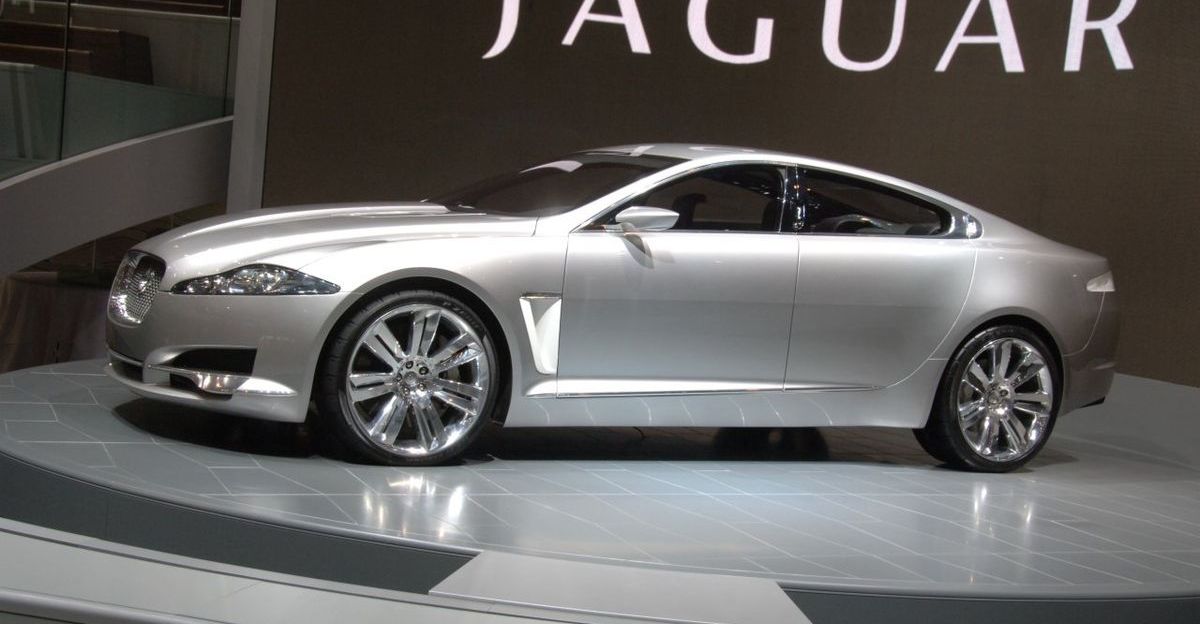
Jaguar carries minimum 150 days’ supply inventory while Lincoln reported 146 days in December 2024. Premium brands should theoretically maintain price discipline through brand loyalty. Jaguar’s crisis stems from strategic inaction—no new model launched since 2020, deliberately postponing releases until 2026.
Four years of production runs for vehicles consumers perceive as obsolete generates inventory nobody wants. Lincoln’s crisis differs: despite 28.4 percent sales increase in 2024, inventory swelled—production outpaced even surging sales. Manufacturers failed integrating real-time sales data into production scheduling.
Incentive Acceleration—Discounting Deepens Across Brands

Average transaction prices reached $48,273 in November 2024 while listing prices climbed to $48,978—a divergence indicating aggressive discounting. Manufacturers increased cash incentives, dealer floor plan credits, and APR subsidies throughout Q4 2024.
Ford’s floor plan credit increase represented visible escalation; Ram, Jeep, and other Stellantis incentives exceeded $5,000 per vehicle by year-end, double 2023 averages. This incentive spiral creates vicious cycles: each manufacturer discounting incentivizes competitors matching or exceeding discounts, ensuring industry-wide margin compression. Manufacturers prioritized revenue volume over profitability.
Carrying Cost Mathematics—The Monthly Hemorrhage

Floor plan interest rates escalated from 6–7 percent annually pre-2024 to 8.5–9.5 percent by November. A dealership carrying 250 vehicles at $50,000 average value faces $12.5 million floor plan debt costing $9,000–$11,000 monthly in financing alone.
Adding insurance, lot maintenance, depreciation reserves, and property taxes totals $20,000–$25,000 monthly without selling vehicles. This reality explains collapsed dealership owner sentiment. Profitability now depends on rapid inventory turnover. Larger groups absorb costs through diversified revenue; smaller franchises face insolvency beyond 120–135 days.
Consumer Psychology Reversal—Scarcity to Abundance

For four years (2020–2023), automotive consumer psychology operated under scarcity assumptions: limited inventory, high prices, extended waits, and dealer negotiating power. Consumers pre-ordered vehicles, accepted longer delivery timelines, and rationalized premiums. November 2024’s reversal shattered this psychology entirely.
With 3.15 million vehicles available, consumers possess abundance psychology: they delay purchases, shop across dealerships, negotiate aggressively, and play competitors against each other. Cox Automotive research indicates consumer shopping cycles lengthened from 14–21 days (2023) to 28–35 days (late 2024).
Valuation Collapse—$150 Billion in Write-Downs

The $150 billion assigned to unsold inventory represents theoretical value rather than liquidation value. Forced rapid clearance would collapse average prices 15–25 percent below listings within 90 days, based on 2008–2009 crisis precedents.
A 20 percent compression across 3.15 million vehicles implies $30 billion in immediate write-downs plus substantial carrying costs if inventory persists beyond 120 days. Balance sheet implications are severe: publicly traded dealer groups face write-downs compressing Q4 2024 and Q1 2025 earnings, triggering stock revaluations and potential debt covenant violations.
Manufacturing Capacity Constraints—Production Cuts Inevitable
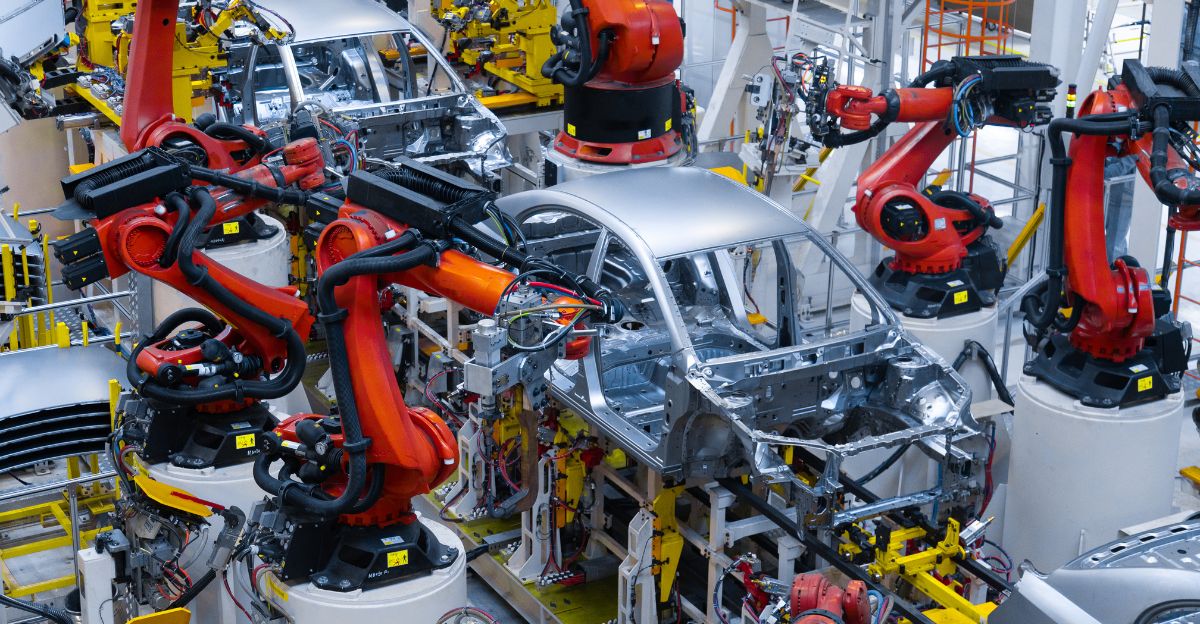
With inventory at peak levels and sales velocity declining, manufacturers face unavoidable choices: implement production cuts or accumulate further unsold vehicles. If 3.15 million vehicles satisfy 85 days’ supply at current velocities, inventory could reach critical levels within months.
Manufacturing facilities face temporary shutdowns (more cost-effective than unwanted production), rippling through supplier networks. Ford, General Motors, and Stellantis operate North American capacity at 85–90 percent utilization; significant cuts require mothballing entire lines for extended periods. Production reductions affect tens of thousands of North American workers through Q2 2025.
EV Transition Burden—Technology Obsolescence Risk

Inventory composition skews heavily toward internal combustion engine vehicles as manufacturers accelerate EV commitments. Cox Automotive data indicates average inventory age increased versus December 2023, driven by slower-moving ICE models.
Electric vehicles represent 9–12 percent of dealership inventory but only 7–9 percent of actual sales, suggesting EV inventory pressures despite lower absolute volumes. Jaguar’s crisis partly stems from EV transition uncertainty: dealerships cannot liquidate 2024 gasoline Jaguars when consumers anticipate 2026 electric relaunch. Manufacturers face simultaneous pressure discounting ICE vehicles while maintaining EV pricing.
Interest Rates as Demand Suppressant—9.5% APR Barrier

Consumer automotive financing averaged 7.2 percent for prime borrowers and 9.5–11.5 percent for subprime borrowers by December 2024. A $45,000 vehicle financed 60 months at 7.2 percent costs $884 monthly versus $789 at 2021–2022’s 5 percent rates—a $95 monthly increase or $5,700 lifetime.
For every 1 percent interest increase, vehicle purchase intent declines 2–3 percent among price-sensitive consumers. With rates rising significantly since 2022, purchase intent decline reaches considerable levels in vehicles under $40,000. Even aggressive rebates fail stimulating intent when financing costs remain structurally elevated.
Dealership Consolidation—Inevitable Culling Begins

Inventory crisis mathematics inevitably trigger consolidation as weaker franchises cannot maintain carrying costs exceeding profitability. Single-franchise locations in smaller markets lack scale absorbing substantial monthly carrying costs. Larger groups (Lithia Motors, CarMax, AutoNation) acquire distressed locations at significant discounts.
Reduced retail points concentrate market power among mega-groups controlling substantial franchised volume. Consolidation creates manufacturer anxiety about dealer profitability, reversing traditional power dynamics. The human cost: consolidation eliminates thousands of automotive retail jobs through duplicate operation mergers and dealership closures.
Supply Chain Disorder—Tier 1 Supplier Vulnerability
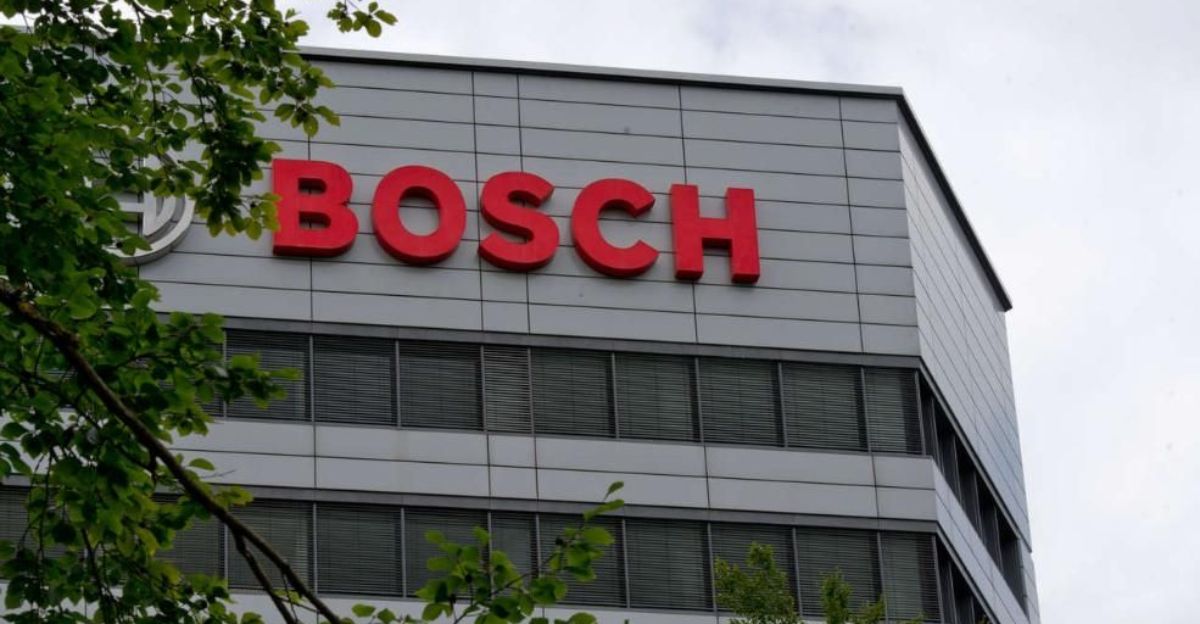
Dealership inventory accumulation creates upstream shocks at manufacturing and supplier levels. When manufacturers reduce production, Tier 1 suppliers face component demand collapse. Suppliers like Bosch and Denso operating on just-in-time contracts synchronized to production face identical inventory crises.
A supplier producing components monthly for major manufacturers faces difficult choices: continue production at losses or reduce workforce, risking customer relationships if demand rebounds. Most suppliers choose partial production and workforce reduction, creating ripple effects through component sub-supplier networks. Volatility increases pricing throughout supply chains.
Financing Institution Exposure—Floor Plan and Captive Finance Risk
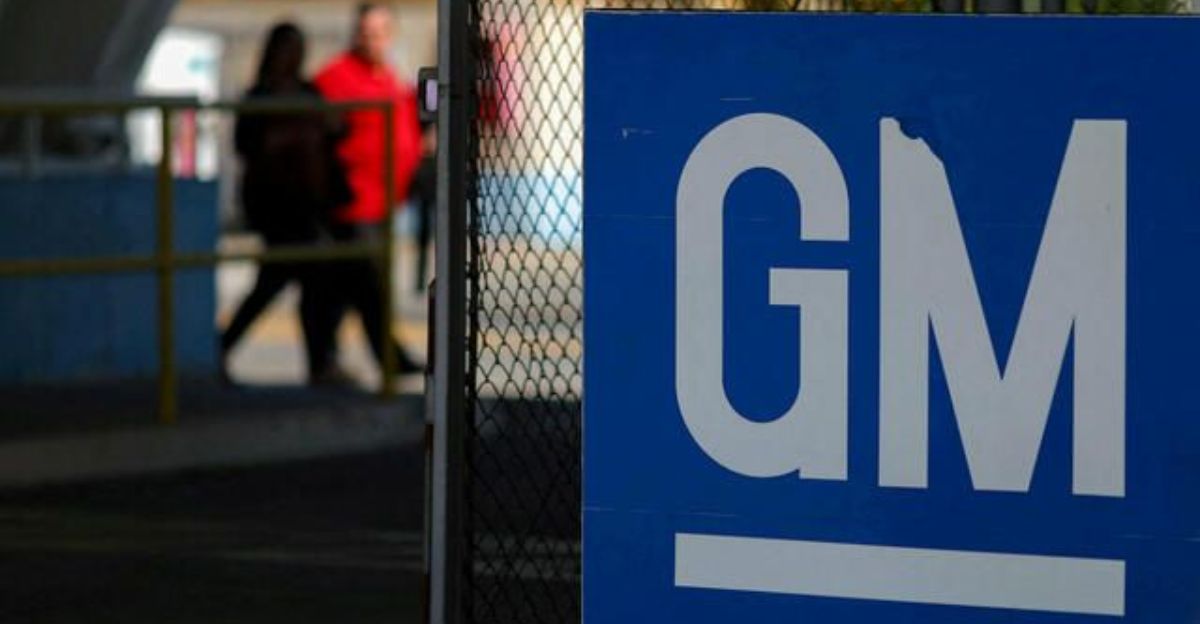
General Motors Financial, Ford Credit, and independent lenders hold substantial automobile floor plan debt. With inventory rising and values declining, lender default risk escalates. Floor plans are traditionally low-risk (secured by vehicle inventory), but depreciation erodes security; vehicles depreciating 15–25 percent compress collateral value, creating equity concerns.
Dealership principal cash flow decline due to carrying costs triggers floor plan delinquencies. Ally Financial reported Q4 2024 delinquency metrics trending upward for the first time since 2020. Lenders respond defensively, tightening terms and reducing available credit lines.
Manufacturer Profitability Compression—Earnings Headwind

Inventory accumulation forces manufacturers into simultaneous margin compression from multiple directions. Dealer incentives ($5,000–$8,000 per vehicle) directly compress net income. Production inefficiency: plants operating below optimal utilization spread overhead across fewer units, increasing per-unit costs substantially.
Inventory carrying costs absorbed through dealer support programs total billions annually. General Motors, Ford , and Stellantis report 2024 automotive profitability pressures compared to 2023. Profitability compression limits capital investment in EV manufacturing, autonomous technology, and next-generation platforms. Manufacturers defer planned capital expenditures.
Labor Implications—UAW Wage Pressure and Automation Acceleration
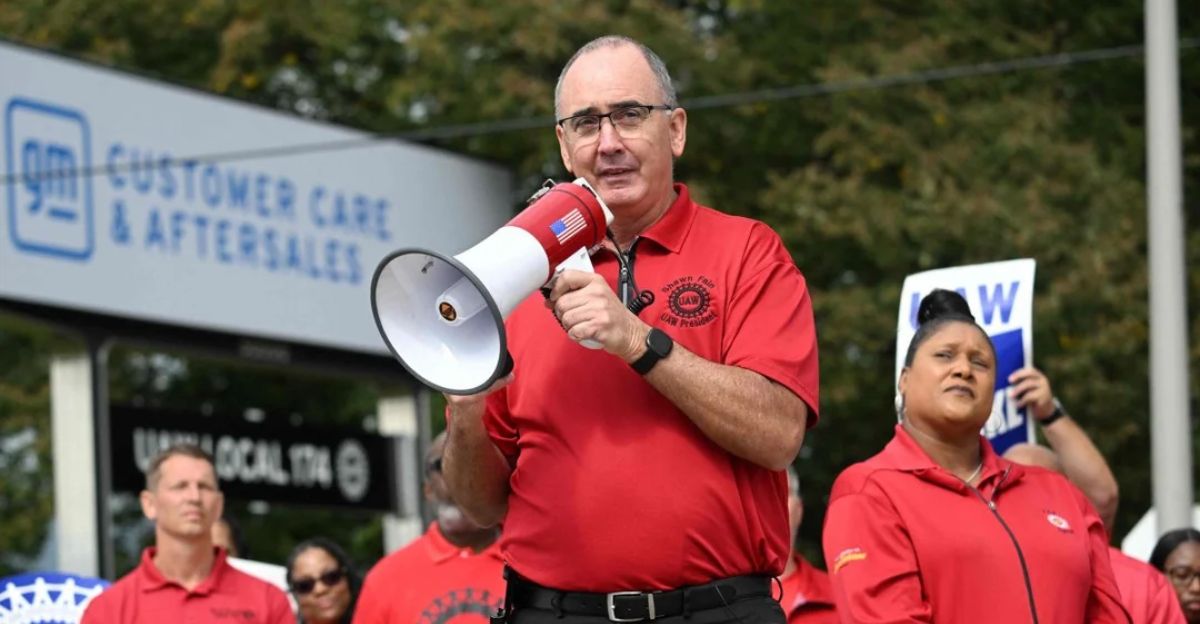
United Auto Workers contracts (September 2023) with Ford , General Motors , and Stellantis included significant wage increases and job guarantees through 2028.
Contracts lack inventory crisis provisions; manufacturers interpret language as allowing temporary shutdowns without triggering wage guarantees. Beyond extended shutdown periods, union grievance procedures and strike threats emerge, creating negotiation pressure. Manufacturers facing margin compression simultaneously encounter union pressure for wage support, creating cash flow squeeze. Manufacturers accelerated automation investment plans late 2024 to reduce exposure to inventory-driven production scenarios.
Consumer Psychology Long-Term—Trust Erosion and Brand Equity

The scarcity narrative dominating 2020–2023 shaped consumer psychology regarding automotive brands, pricing legitimacy, and dealer honesty. When “essential shortage” transformed overnight into “3 million unsold cars,” consumer trust eroded significantly.
Deloitte and Cox Automotive research indicates consumer manufacturer credibility perception declined Q3–Q4 2024, driven by betrayal sense around pricing narratives. Consumers paying substantial premiums in 2022–2023 now see identical models listed significantly below MSRP. Price reversals trigger resentment—consumers feel deceived. Long-term brand equity impact proves material as consumers report reduced loyalty and increased cross-shopping.
Conclusion—Systemic Recalibration and Structural Resolution

The 3 million unsold vehicle inventory crisis represents a watershed moment for American automotive industry structure, consumer psychology, and manufacturer-dealer relationships. This crisis is structural, not cyclical—reflecting fundamental misalignment between production capacity, dealer incentives, consumer demand elasticity, and financing costs.
Mathematical resolution requires aggressive discounting, production cuts, and dealership consolidation. Psychological residues persist indefinitely. Manufacturers adopt Toyota-modeled just-in-time discipline, reducing volatility but sacrificing agility. Dealerships operate permanently lower profitability expectations. The automotive industry’s previous structure is permanently dismantled, prioritizing capital efficiency and consumer accessibility